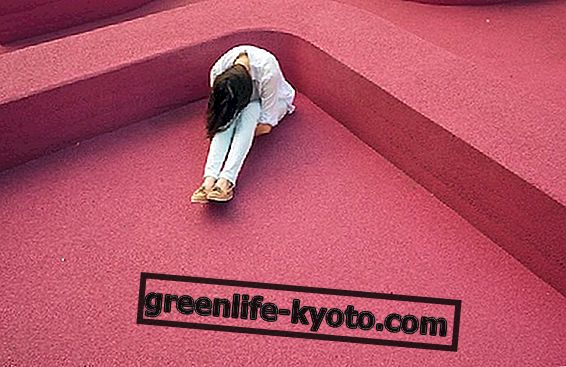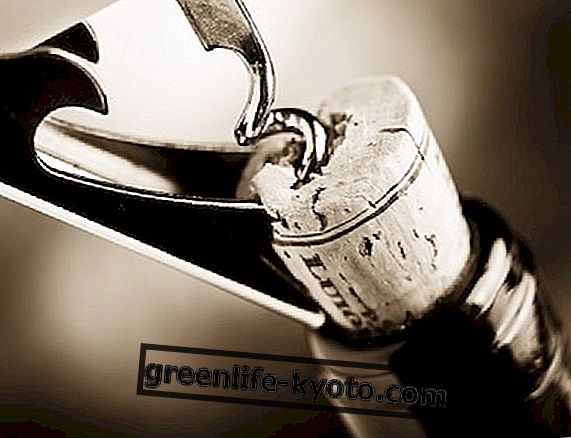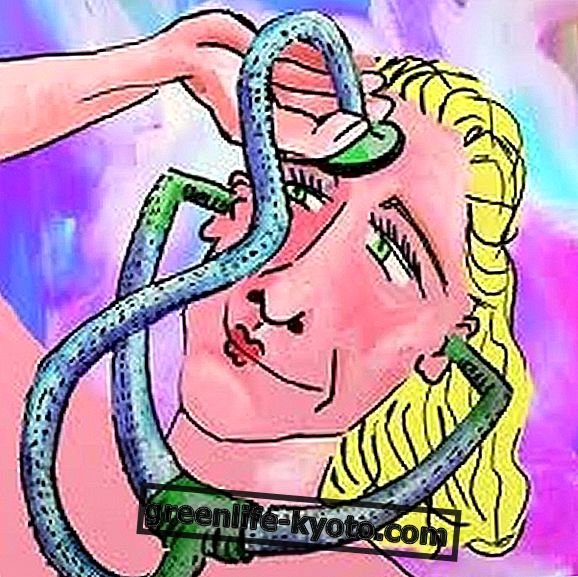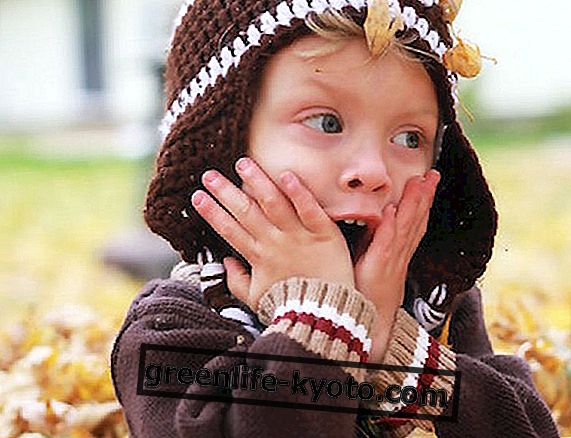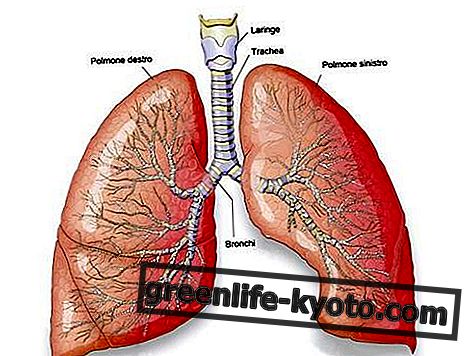
Four breakfast biscuits, white pasta and a fruit for lunch, a salad and crackers for dinner, to stay light. Are many of us recognizing how familiar this menu is?
This is absolutely not a balanced diet : it exceeds carbohydrates, lacks fiber, "good" fats and, above all, proteins.
Diet and health
Diet means diet, not necessarily reduced calories. Diet is our way of feeding ourselves and, science tells us, it can significantly affect our health.
In fact, food provides the body with all the "spare parts" to reconstruct its cells every day. Would you give your car a broken spare part or water instead of gasoline? Similarly, our diet must be balanced and provide all the nutrients necessary for the proper functioning of the body.
Nutrition and health, an inseparable pair
The balanced dose of hormones
The human body is regulated by a subtle chemical balance . At any time the brain registers the slightest internal variation and puts in place the appropriate mechanisms to restore balance.
This happens very clearly when we eat: we introduce food and this is immediately absorbed by the body and distributed to all cells. The main hormones that regulate these mechanisms are insulin and glucagon.
Insulin is produced by the pancreas in response to the introduction of carbohydrates and is responsible for storing carbohydrates in fat and liver cells, leaving the blood "clean". Insulin excesses have inflammatory effects throughout the body.
Glucagon is produced by the pancreas in response to a drop in blood sugar and the presence of protein in the meal; it has the task of stimulating the mobilization of glucose from the reserves of fat cells.
What happens if I only eat sugar? The pancreas immediately excretes high doses of insulin and after 2 hours you have a hunger for carbohydrates again, in a vicious cycle that is harmful to your health. In a meal that includes carbohydrates and proteins in balanced quantities, these dangerous changes do not occur.
A separate discussion deserves the fats, which are not at all to demonize: just think that all cell membranes and the brain are composed of fat. Our body needs it, in a balanced and high quality quantity .
The balanced diet for health
We see the very few rules for a diet that makes the body produce hormones in a balanced way, without dangerous “peaks”, 7 quick and practical tips to feel good without weighing anything and adopt a balanced, healthy and light diet:
- Make at least 3 meals a day, possibly 2 snacks (for example, a balanced snack consists of an apple and two almonds).
- At each meal consume whole grains (kamut, spelled, oats ...); in amounts equal to your closed fist
- At each meal, consume high quality protein (soy, lupine, blue fish, white meat, fresh goat cheese): as much as the palm of your hand
- At each meal consume "good" fats : cold pressed extravirgin olive oil, flax seeds
- At every meal, consume seasonal, green vegetables at will
- Consume a fresh fruit a day (always in a balanced meal)
- Use only unrefined integral carbohydrates, as the fibers slow the absorption of sugars, and keep the intestine clean.
Easy, isn't it?


